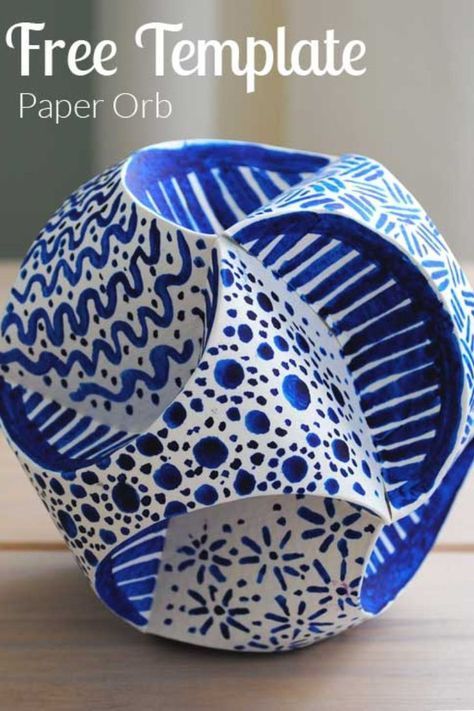This demonstrates that underneath everything, they are just a human being, like the rest of us..
Chip Thinking® approach., a modular system inspired by the integration of elements like chips on a motherboard, allowing faster, more flexible configurations for complex data centre designs.

This method also facilitates rapid assembly and cost-effective scalability.. Decarbonisation and sustainability.Addressing the urgent global demand for sustainable design, Jaimie outlines strategies to minimise embodied and operational carbon.He delves into the move toward clean energy solutions, including advanced nuclear and hydrogen, while driving industrialised processes to maximise efficiency and reduce waste.. Intersectoral connectivity and innovation.

Jaimie examines how data centre needs intersect with other sectors like pharmaceuticals and life sciences, with advances in AI and energy interdependence enabling more sophisticated, data-driven developments across industries.. Standardised, Repeatable Reference Design for Speed and Consistency.Emphasising the shift toward a. reference design approach.

, Jaimie showcases how data centres are adopting 'kits of parts,' allowing clients to scale quickly while adapting to site-specific needs.
This approach leverages repeatable, standardised components, ensuring design integrity, speed, and flexibility.. You can also learn more about our approach to data centre design on our.Click the 'play button' above to watch the episode, or read our 5 Key Takeaways from this episode below.... 1.In an ideal scenario, the peak summer design temperature would be lower than the required supply air/water temperature in the data hall.
This allows the data centre to rely solely on the heat rejection plant and no chillers - minimising energy consumption and resulting in low PUE values.PUE is dependent upon whether the heat rejection plant operates using adiabatic cooling..
However, for most data centres, peak summer temperatures exceed the required supply temperature.This necessitates mechanical cooling to maintain design conditions.